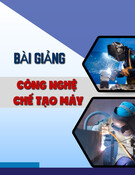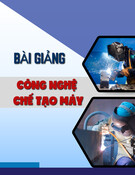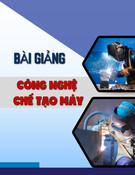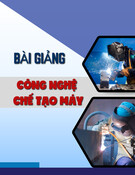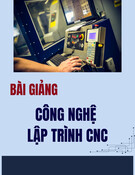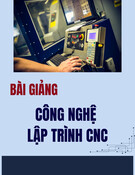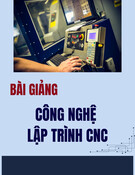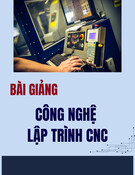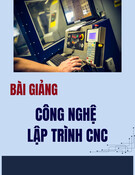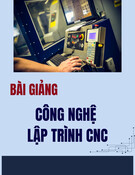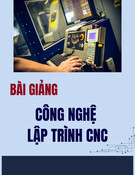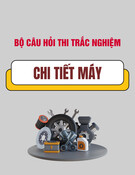
Miscellaneous Mechanical Components DOE-HDBK-1018/2-93 REFERENCES
REFERENCES
Babcock & Wilcox, Steam, Its Generations and Use, Babcock & Wilcox Co.
Benson & Whitehouse, Internal Combustion Engines, Pergamon.
Bureau of Naval Personnel, Principles of Naval Engineering, Training Publication
Division, Naval Personnel Program Support Activity, Washington D.C., 1970.
Cheremisinoff, N. P., Fluid Flow, Pumps, Pipes and Channels, Ann Arbor Science.
E.E.U.A., Steam Trapping and Condensate Removal, Constable & Company.
Engineering Service Division, Power Orientation Program, E.I.du Pont de Nemours and
Company, Inc., 1952.
Heat Transfer, Thermodynamics and Fluid Flow Fundamentals, Columbia, MD,
General Physics Corporation, Library of Congress Card #A 326517.
General Physics, Volume IV, Chemistry, Health Physics and Nuclear Instrumentation,
General Physics Corporation.
Marley, Cooling Tower Fundamentals and Applications, The Marley Company.
NUS Training Corporation, Nuclear Energy Training, NUS Corporation, 1977.
Scheel, Gas and Air Compression Machinery, McGraw/Hill.
Stewart, Harry L., Pneumatics & Hydraulics, Theodore Audel & Company.
Westinghouse Technical Manual 1440-C307, SNUPPS, Pressurizer Instructions,
Westinghouse.
Rev. 0 Page vii ME-05
Simpo PDF Merge and Split Unregistered Version - http://www.simpopdf.com

OBJECTIVES DOE-HDBK-1018/2-93 Miscellaneous Mechanical Components
TERMINAL OBJECTIVE
1.0 Without references, DESCRIBE the purpose, construction, and operation of miscellaneous
mechanical components.
ENABLING OBJECTIVES
1.1 STATE the three common types of air compressors.
1.2 DESCRIBE the basic operation of the following types of air compressors:
a. Reciprocating
b. Centrifugal
c. Rotary
1.3 STATE the reason for using cooling systems in air compressors.
1.4 STATE three hazards associated with pressurized air systems.
1.5 Given the appropriate information, CALCULATE the pressure or force achieved in a
hydraulic piston.
1.6 DESCRIBE the basic operation of a hydraulic system.
1.7 DESCRIBE the basic operation of a boiler.
1.8 IDENTIFY the following components of a typical boiler:
a. Steam drum d. Downcomer
b. Distribution header(s) e. Risers
c. Combustion chamber
1.9 STATE the purpose of cooling towers.
1.10 DESCRIBE the operation of the following types of cooling towers.
a. Forced draft
b. Natural convection
ME-05 Page viii Rev. 0
Simpo PDF Merge and Split Unregistered Version - http://www.simpopdf.com

Miscellaneous Mechanical Components DOE-HDBK-1018/2-93 OBJECTIVES
ENABLING OBJECTIVES (Cont.)
1.11 STATE the purpose of a demineralizer.
1.12 STATE the four purposes of a pressurizer.
1.13 DEFINE the following terms attributable to a dynamic pressurizer:
a. Spray nozzle c. Outsurge
b. Insurge d. Surge volume
1.14 STATE the purpose and general operation of a steam trap.
1.15 IDENTIFY the following types of steam traps:
a. Ball float steam trap c. Bucket steam trap
b. Bellow steam trap d. Impulse steam trap
1.16 DESCRIBE each of the following types of strainers and filters, including an example of
typical use.
a. Cartridge filters d. Bucket strainer
b. Precoated filters e. Duplex strainer
c. Deep-bed filters
1.17 EXPLAIN the application and operation of a strainer or filter backwash.
Rev. 0 Page ix ME-05
Simpo PDF Merge and Split Unregistered Version - http://www.simpopdf.com

OBJECTIVES DOE-HDBK-1018/2-93 Miscellaneous Mechanical Components
Intentionally Left Blank
ME-05 Page x Rev. 0
Simpo PDF Merge and Split Unregistered Version - http://www.simpopdf.com

Miscellaneous Mechanical Components DOE-HDBK-1018/2-93 AIR COMPRESSORS
AIR COMPRESSORS
The purpose of an air compressor is to provide a continuous supply of pressurized
air. This chapter will describe the various types of compressors and their basic
operation.
EO 1.1 STATE the three common types of air compressors.
EO 1.2 DESCRIBE the basic operation of the following types of air
compressors:
a. Reciprocating
b. Centrifugal
c. Rotary
EO 1.3 STATE the reason for using cooling systems in air
compressors.
EO 1.4 STATE three hazards associated with pressurized air systems.
Introduction
Air compressors of various designs are used widely throughout DOE facilities in numerous
applications. Compressed air has numerous uses throughout a facility including the operation of
equipment and portable tools. Three types of designs include reciprocating, rotary, and
centrifugal air compressors.
Reciprocating Compressors
The reciprocating air compressor, illustrated in Figure 1, is the most common design employed
today.
The reciprocating compressor normally consists of the following elements.
a. The compressing element, consisting of air cylinders, heads and pistons, and air
inlet and discharge valves.
b. A system of connecting rods, piston rods, crossheads, and a crankshaft and
flywheel for transmitting the power developed by the driving unit to the air
cylinder piston.
Rev. 0 ME-05
Page 1
Simpo PDF Merge and Split Unregistered Version - http://www.simpopdf.com


![Bài tập tối ưu trong gia công cắt gọt [kèm lời giải chi tiết]](https://cdn.tailieu.vn/images/document/thumbnail/2025/20251129/dinhd8055/135x160/26351764558606.jpg)
